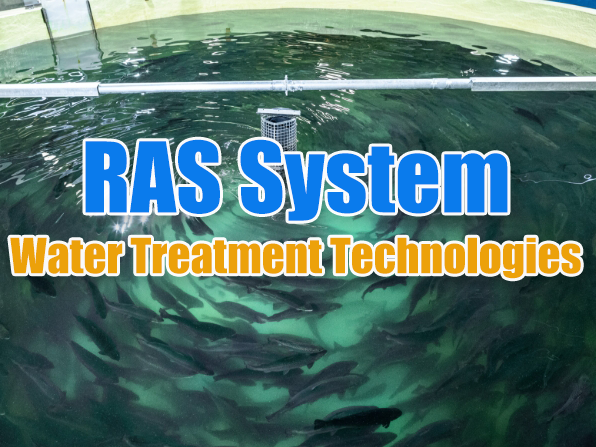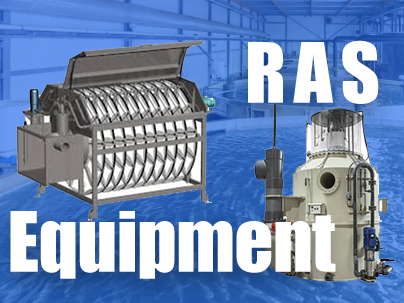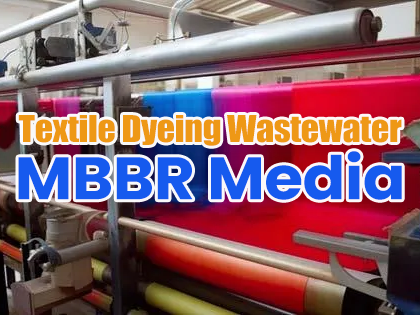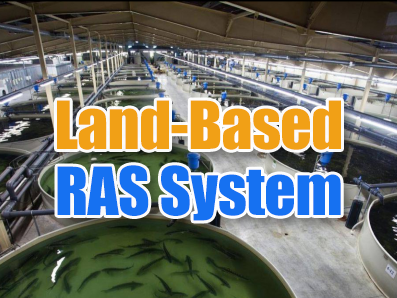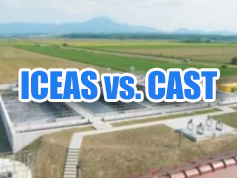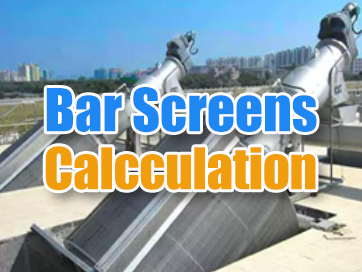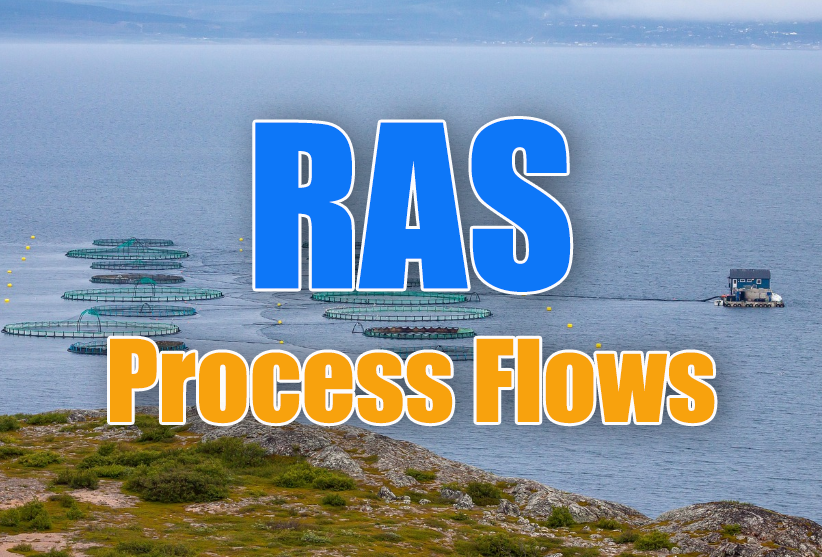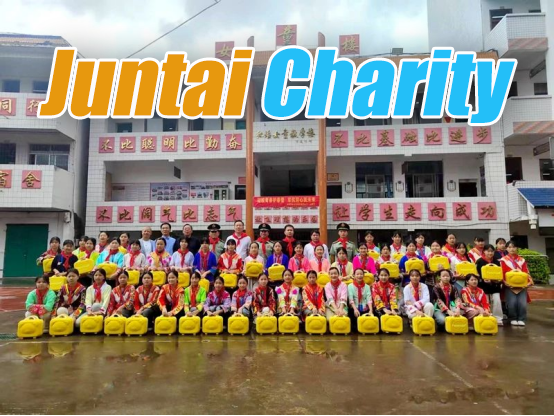 +86 13600513715
+86 13600513715 Industrial Sludge Dewatering Showdown: Centrifuge vs Belt Press vs Screw Press
The $1.2M Mistake: How Wrong Dewaterer Choice Impacts Industrial Plants
Metal processing, petrochemical, and pharmaceutical plants face unique sludge challenges:
⚠️ Oily sludge clogs belt filters & centrifuge scrolls
⚠️ Chemical corrosion degrades equipment lifespan
⚠️ High polymer costs from inefficient dewatering
JUNTAI’s 12-year field data reveals critical selection criteria:
Technology Matrix for Industrial Sludge
| Parameter | Centrifuge | Belt Press | JUNTAI Screw Press |
|---|---|---|---|
| Oil Content Tolerance | <8% | <5% | <15% (patented anti-clog) |
| Chemical Resistance | SS316L only | Rubber belt erosion | Full PP construction |
| Polymer Consumption | 4-6 kg/T DS | 6-8 kg/T DS | 1.5-3 kg/T DS (-60%) |
| Noise Level | 85 dB | 75 dB | 45 dB |
Why Screw Press Wins in Industrial Applications?
1. Self-Cleaning Spiral Discs
-
Tungsten-carbide coated discs prevent scaling (tested in 20,000mg/L TDS brine sludge)
-
Automatic backflush every 15 mins (zero manual scraping)
2. Chemical Savings Breakthrough
-
Pre-thickening via stepped rings reduces polymer demand
-
Case: Shanghai lubricant plant cut PAM costs by $78,000/year
3. Compact Skid Design
-
30% smaller footprint vs centrifuges
-
Direct install in existing sludge rooms
Case Study: Zinc Plating Wastewater in Guangdong
| Metric | Before (Centrifuge) | After (JUNTAI Screw Press) |
|---|---|---|
| Sludge Cake Moisture | 72% | 68% (-4%) |
| Maintenance Downtime | 15 days/year | 2 days/year (-87%) |
| Operating Cost | $18.5/T DS | $7.2/T DS (-61%) |
Client Voice:
"The screw press handles our 12% oil sludge effortlessly – no more daily scroll cleanings."




